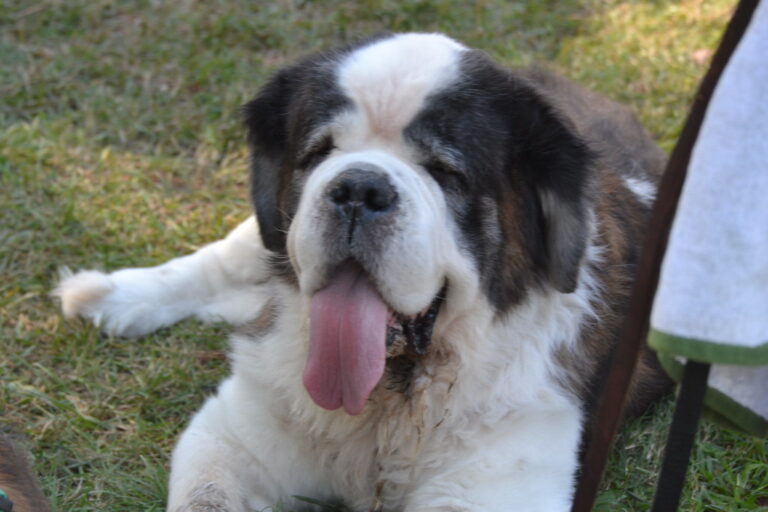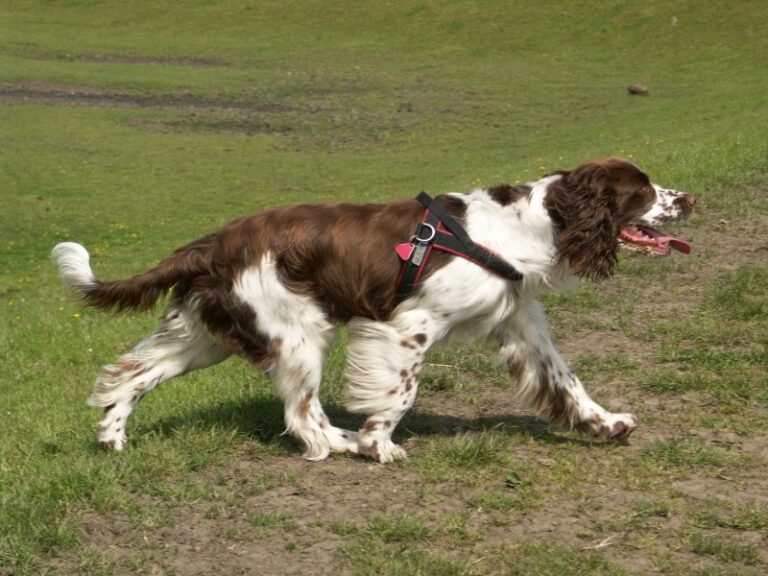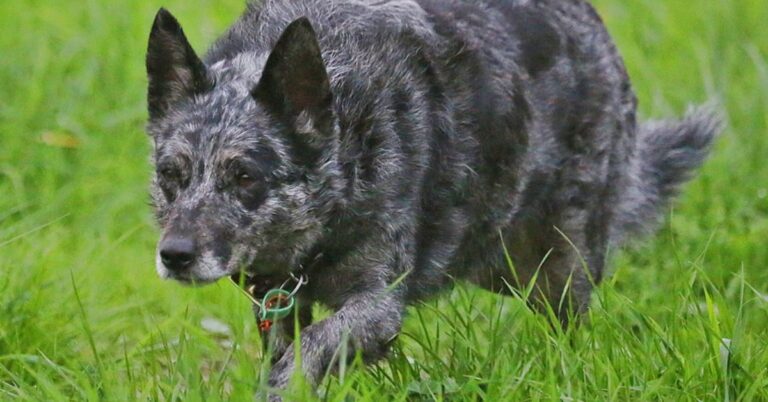Setter Dogs Share A Name, But That’s Where The Similarities End

Have you seen a dog freeze mid-step like it’s posing for a portrait? Then, it’s probably a setter. These graceful pups are beautiful, active, and full of personality. If you’re thinking about getting one or just love sporting dogs, here’s everything you need to know about setters. This list breaks down the different setter breeds, what makes each one special, and how to tell them apart.
What Makes A Setter A Setter
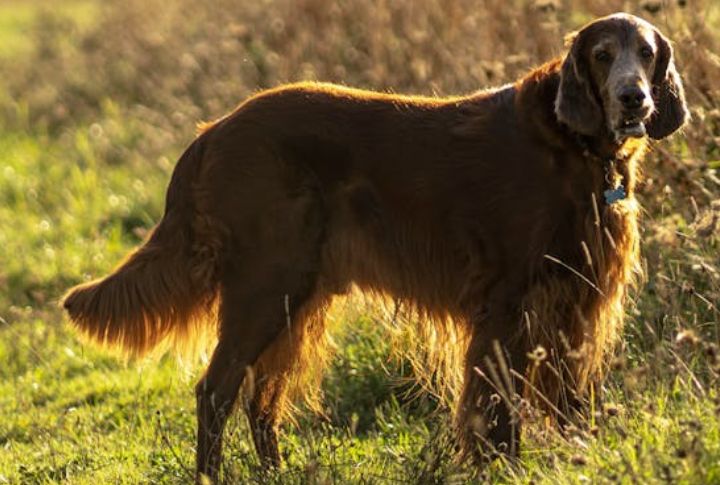
Among the pointing gundogs, setters were initially bred to locate upland birds like grouse and quail. They hunt with their heads held high to catch airborne scents, unlike scent hounds that track close to the ground. When they pinpoint game, they drop into their signature crouch, or “set”—a trait developed before modern hunting tools were standard.
English Setter
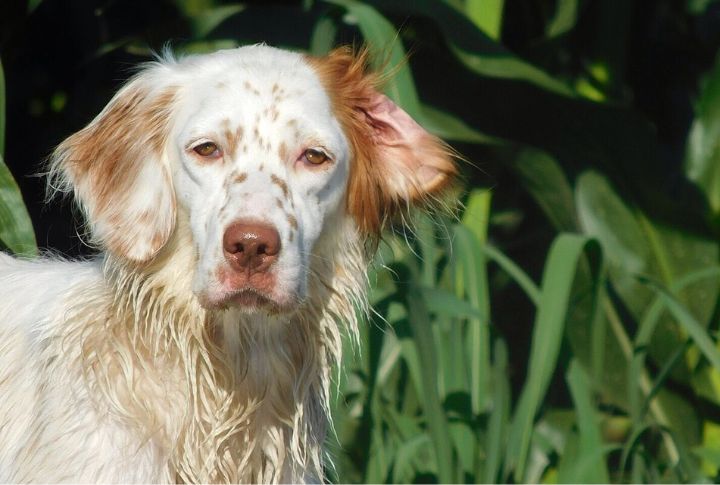
The English Setter, developed over 400 years ago, was refined into working and show lines. Its “Belton” coat, white with blue, orange, or lemon ticking, highlights its classic charm. This elegance, combined with a gentle nature, makes it a suitable choice for kids and pets. It also performs well in fields and show rings.
Historic Lines Of English Setters
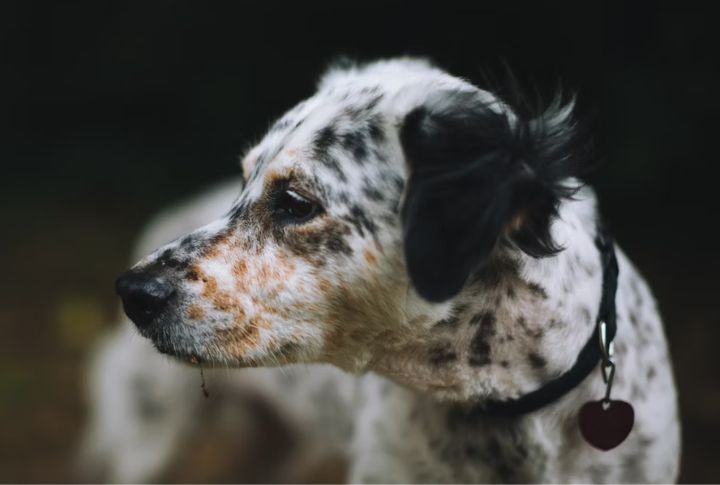
English Setters include two historic lines. R. L. Purcell Llewellin bred Llewellin Setters for speed and range. Ryman-type Setters, developed by George Ryman, were made for close hunting and companionship. Though not separate breeds, they differ in style—Llewellins are lighter and faster, and Rymans are heavier and steadier.
Irish Setter

Intelligent and independent, the Irish Setter responds best to consistent, positive training. Its lively personality shines in active households, where daily exercise keeps it happy and engaged. That drive goes back to 18th-century Ireland, when it was first bred to locate game birds and later won over families and show crowds alike.
Gordon Setter
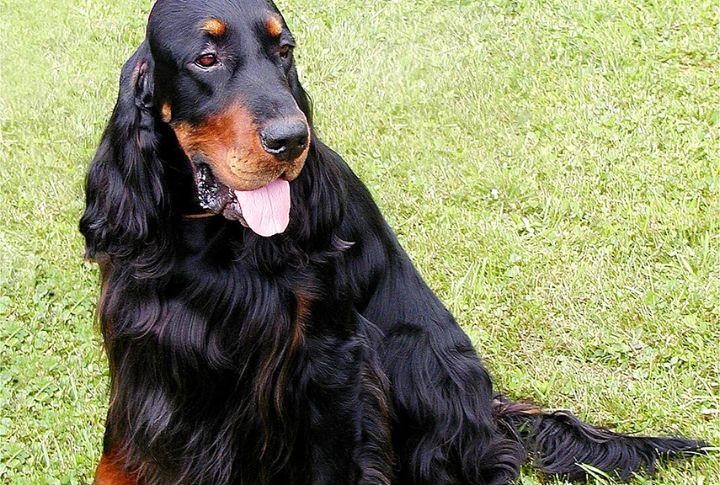
Scotland’s harsh terrain shaped the Gordon Setter into a sturdy, capable dog. Building on that, breeders at Gordon Castle refined it in the 1820s into the largest and most muscular setter, with a dense black-and-tan coat. This rugged build matches its loyal and steady nature, as well as its deep bond with its handler.
Irish Red And White Setter
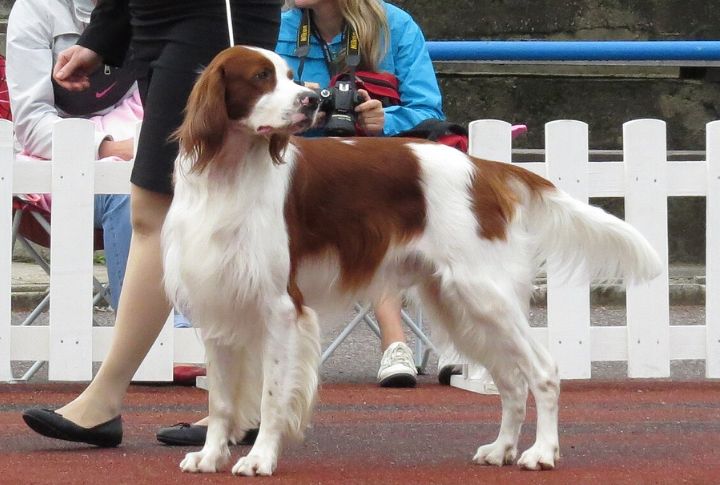
Now, this setter predates the solid-red variety and was once Ireland’s most common type. Its sharply defined red patches on a white coat, with no ticking, made it stand out in the field. However, numbers dropped so low by 1900 that it almost vanished until revival efforts saved it in the ‘70s.
Field Setters Versus Show Setters
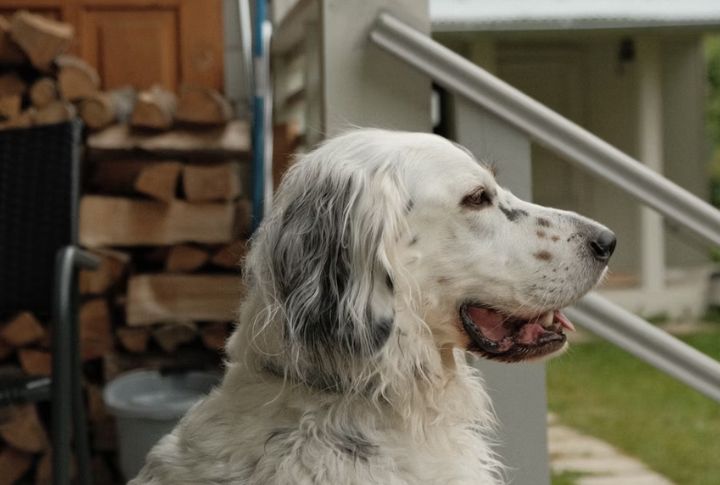
Field-raised setters are lean and built for stamina, scenting, and drive, which makes them more energetic and mentally active. In contrast, show-trained setters have fuller coats to meet conformation standards and tend to be more relaxed at home. Still, both types hold onto their natural tracking instincts.
Coat Colors Found In Setter Breeds
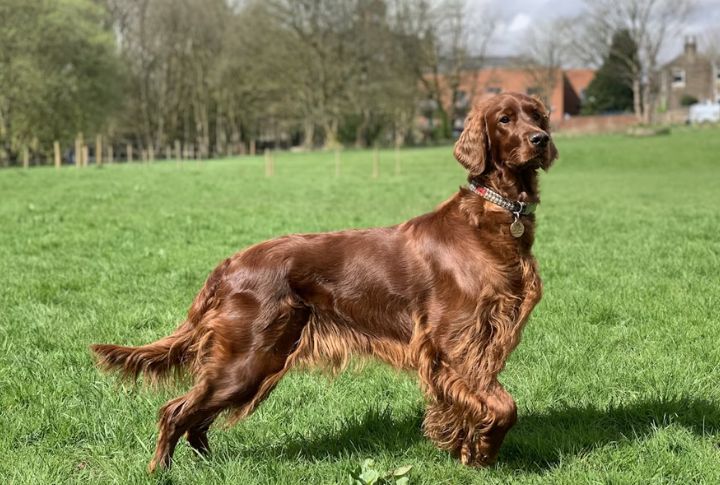
Distinct coat colors don’t affect a setter’s skill but mean a lot to breed enthusiasts. English Setters show Belton patterns in blue, orange, lemon, liver, or tricolor. In contrast, Gordon Setters are always black and tan. Irish Setters are solid red, while Irish Red and White Setters display bold red patches on white.
Setters In Popular Culture And History
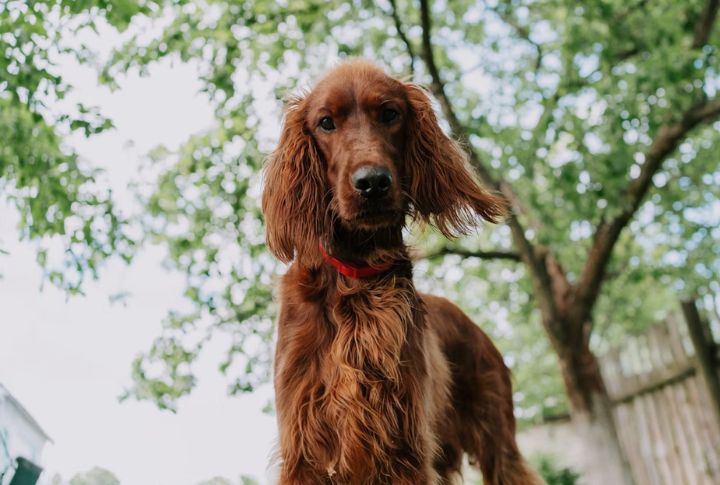
Setters earned a lasting place as cultural and historical icons. Their image dates back to the Middle Ages when they were often featured in art and literature alongside noble hunts. By the 20th century, Irish Setters gained fame through films and advertising, while English Setters became early AKC-registered breeds.
The Role Of Setters Today
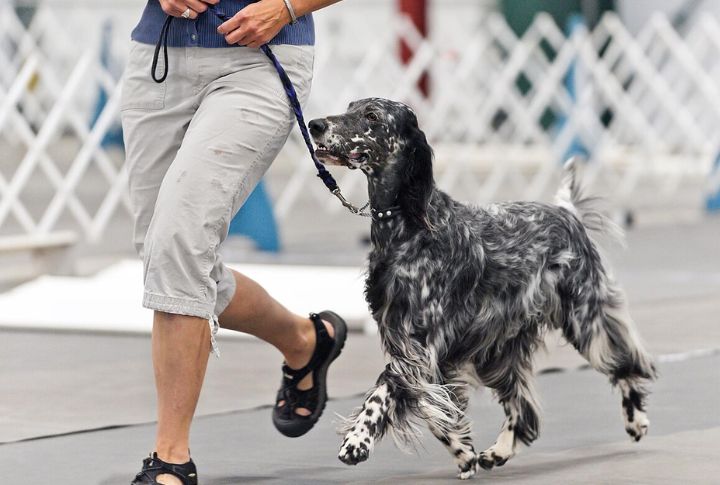
Although less used in hunting today, setters remain valued by dedicated enthusiasts. Their natural adaptability has opened new paths in service and sports roles. To support this, preservation efforts protect the traits and health that keep them capable. As a result, many owners see setters as versatile companions beyond the field.


